Table of Contents
Visit Lebanon
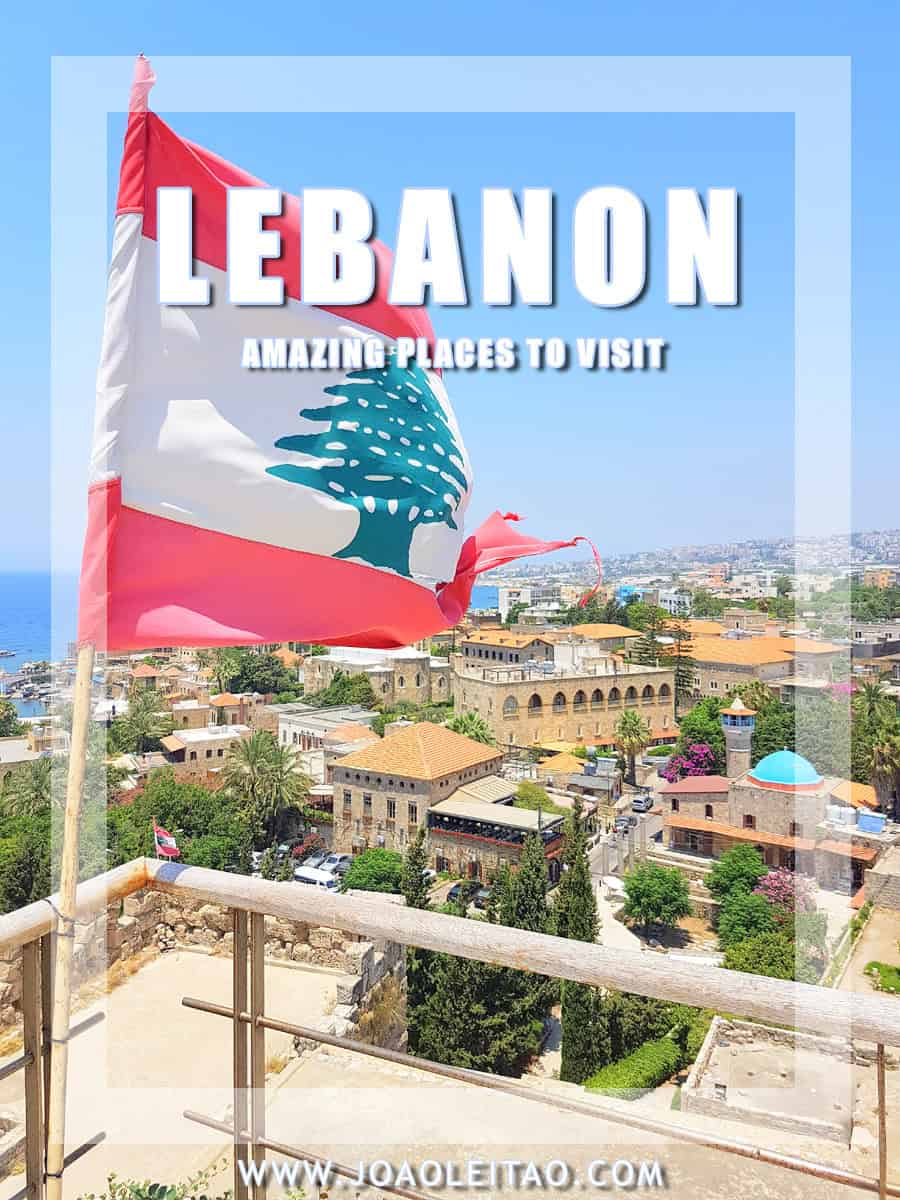
For a long time, I had the desire to visit Lebanon. Years passed and I somehow always postponed my trip to this Middle Eastern country.
Due to recent political and regional conflict, I decided that the time has come, and I had to engage myself to organize and travel in Lebanon as soon as possible.
Lebanon is a fascinating country located on the shores of the Mediterranean sea. Lebanon is a mysterious nation since we don’t hear people speaking about it very often. Visiting Lebanon is easy because it’s very developed, safe in most of its regions, and full of very friendly and hospitable people.
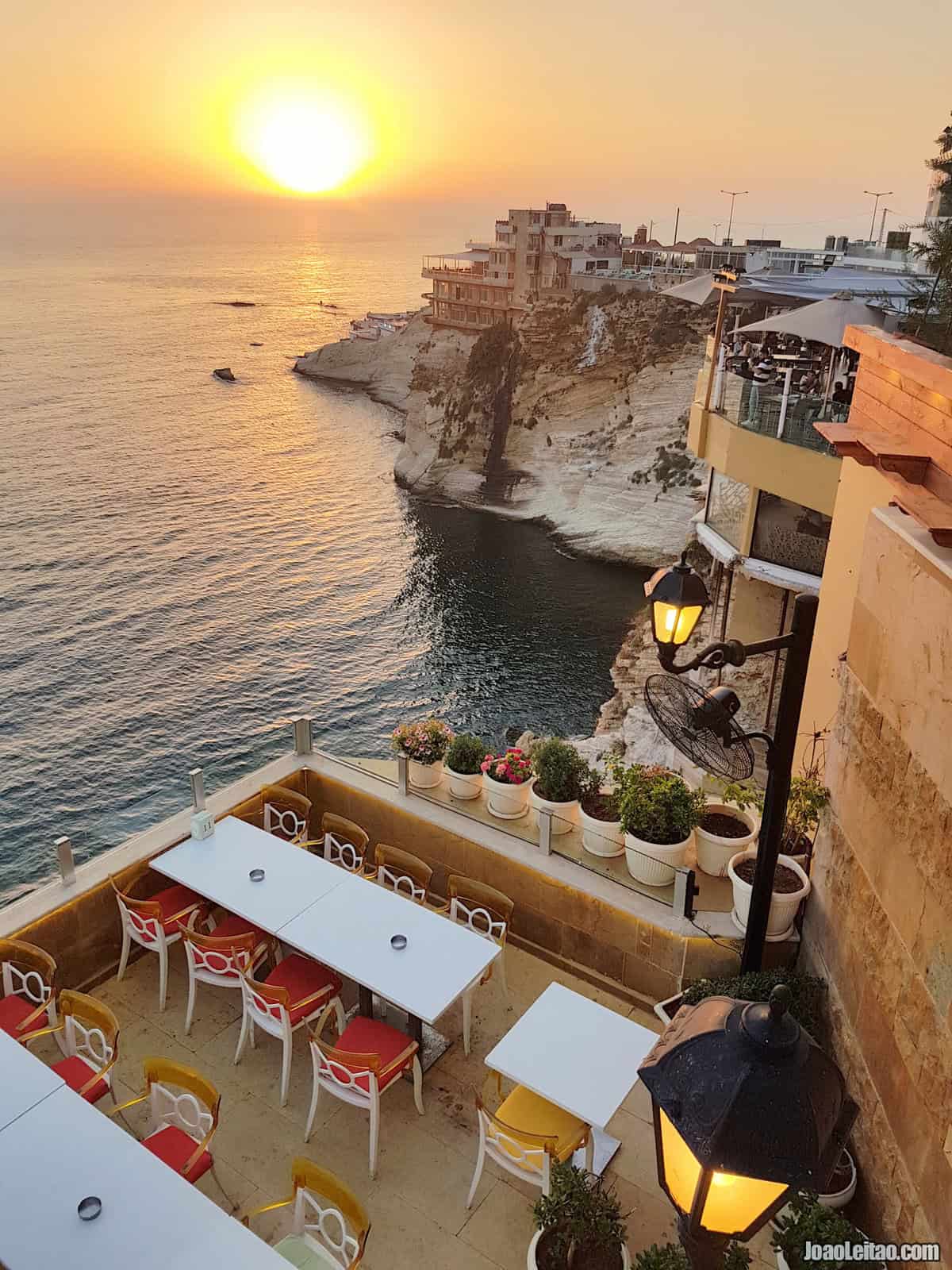
Lebanon is divided into four distinguished geographic regions: the coastal plain, the Lebanon mountain range, the Beqaa valley and the Anti-Lebanon mountains. On this page, I make a list of 6 Amazing Places which are undoubtedly the country’s major tourist attractions, and the perfect fit for 1 Week Travel Itinerary in the country.
Curiosities about Lebanon
- Capital and largest city is Beirut
- Beirut is often called the Paris of the Middle East
- The official language is Arabic
- Independence declared on 22nd November 1943
- Lebanon has 18 religious communities
- The name “Lebanon” appears 70 times in the Old Testament (the first part of the Christian Bible)
- There are 4.5 Million Lebanese in Lebanon and 18 Million Lebanese outside Lebanon
- First Arab country that had a constitution
- Lebanon is known to have the highest gold reserve in the Middle East
- There are 15 rivers in Lebanon
During my one week trip to Lebanon, I had the pleasure of visiting sites such as Crusader Castle and the old market of Byblos, the incredible Jeita caves, the Roman ruins of Baalbek, and the ruins of Anjar on the Syrian border. Besides these beautiful historical destinations, I still had a couple of days to explore the capital city, Beirut.
7 things I love about Lebanon
- Super friendly and welcoming people
- The ancestral history of the country
- The fact that there are no tourists around
- Middle Eastern Food
- The impressive Temple of Bacchus in Baalbek
- Having a milkshake during sunset at the Bay Rock Café in Beirut
- Old market of Byblos
Visit Lebanon
1. Beirut
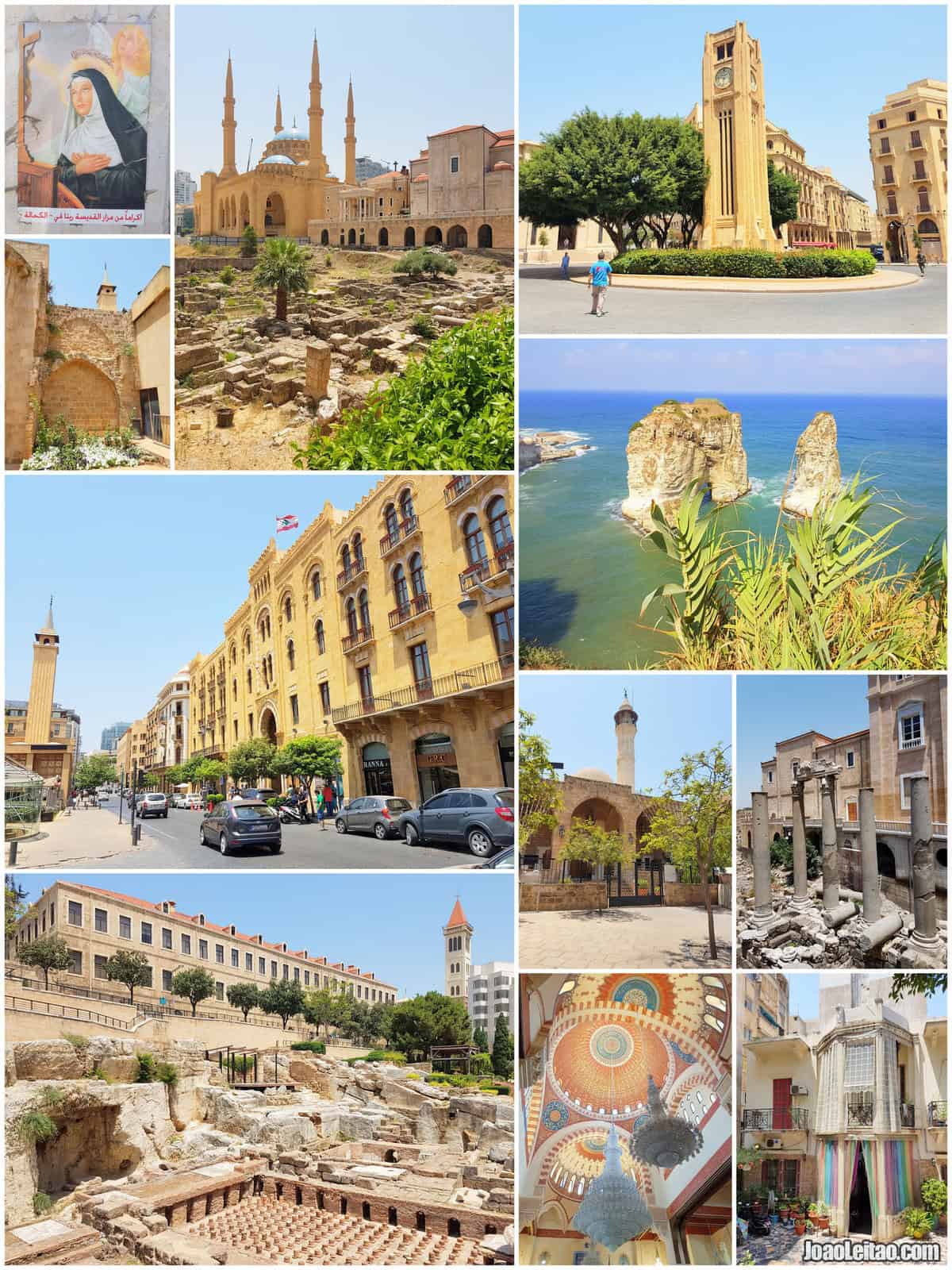
Beirut the capital, and largest city of Lebanon. All around Beirut, you can still notice marks of the civil war, with a lot of bullet holes on the buildings. Bay Rock Cafe is probably the best place to enjoy the sunset, while drinking a juice and enjoying that perfect end of the day in the city. Downtown Beirut deserves a visit. Nijmeh Square is very nice and the view of the archeological ruins with the background of Mohammad Al-Amin Mosque and the Saint Georges Maronite Cathedral is indeed very picturesque.
What to visit in Beirut
- Raouche Rocks
- Downtown Beirut
- Nijmeh Square
- Mohammad Al-Amin Mosque
- National Museum of Beirut
- Sursock Museum
- René Moawad Garden
- Roman Baths ruins
- Archaeological Museum
- Beirut Art Center
- Beit Beirut Museum
- Martyrs’ Square
- St. George Maronite Cathedral
- Saint George Greek Orthodox Cathedral
- Al-Omari Grand Mosque
- Emir Assaf Mosque
Throughout much of the second half of the twentieth century, Lebanon was an extremely prosperous country. During the 1960s and without the oil resources of other nations in the region, it became a financial and business center gaining the name “Switzerland of the Middle East.”
Today’s Beirut is a combination of modern and ancient elements, still with some scars from the long civil war that lasted until 1990. Downtown is at the same time one of the historic districts and one of the most lively areas in the city. Hamra street is unmissable since for much of the second half of the 20th century it was the center of Lebanese cultural life, but today it has become modern, festive and lively.
2. Jeita Grotto
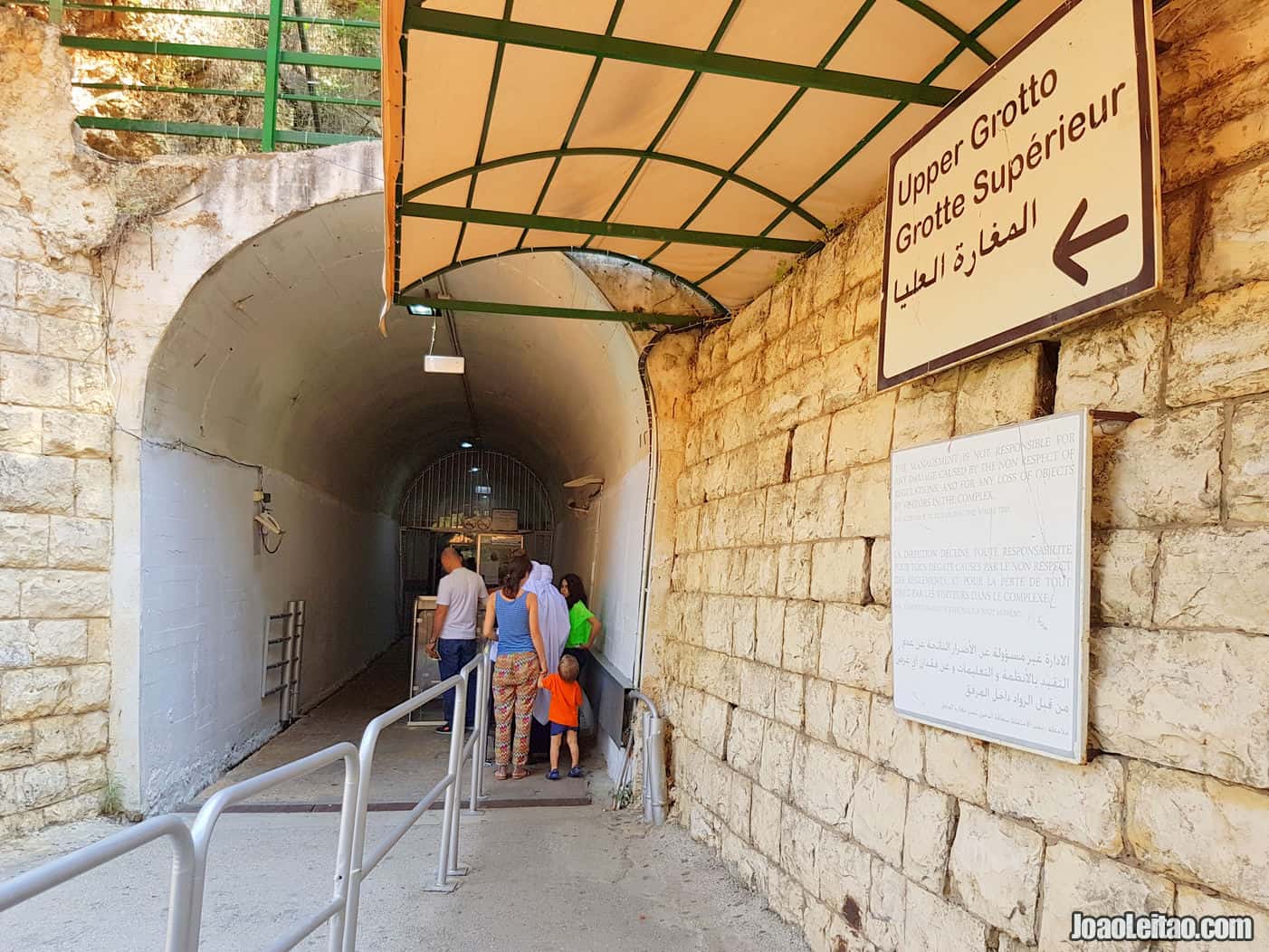
Jeita Grotto 9 kilometers interconnected karstic limestone caves in Nahr al-Kalb valley. It is amazing to explore such a place. The natural spectacle of the limestone caves is indescribable. There are two different entrances to the caves. Unfortunately, visitors cannot take cameras inside the caves, so I do not have any pics from this site.
3. Byblos
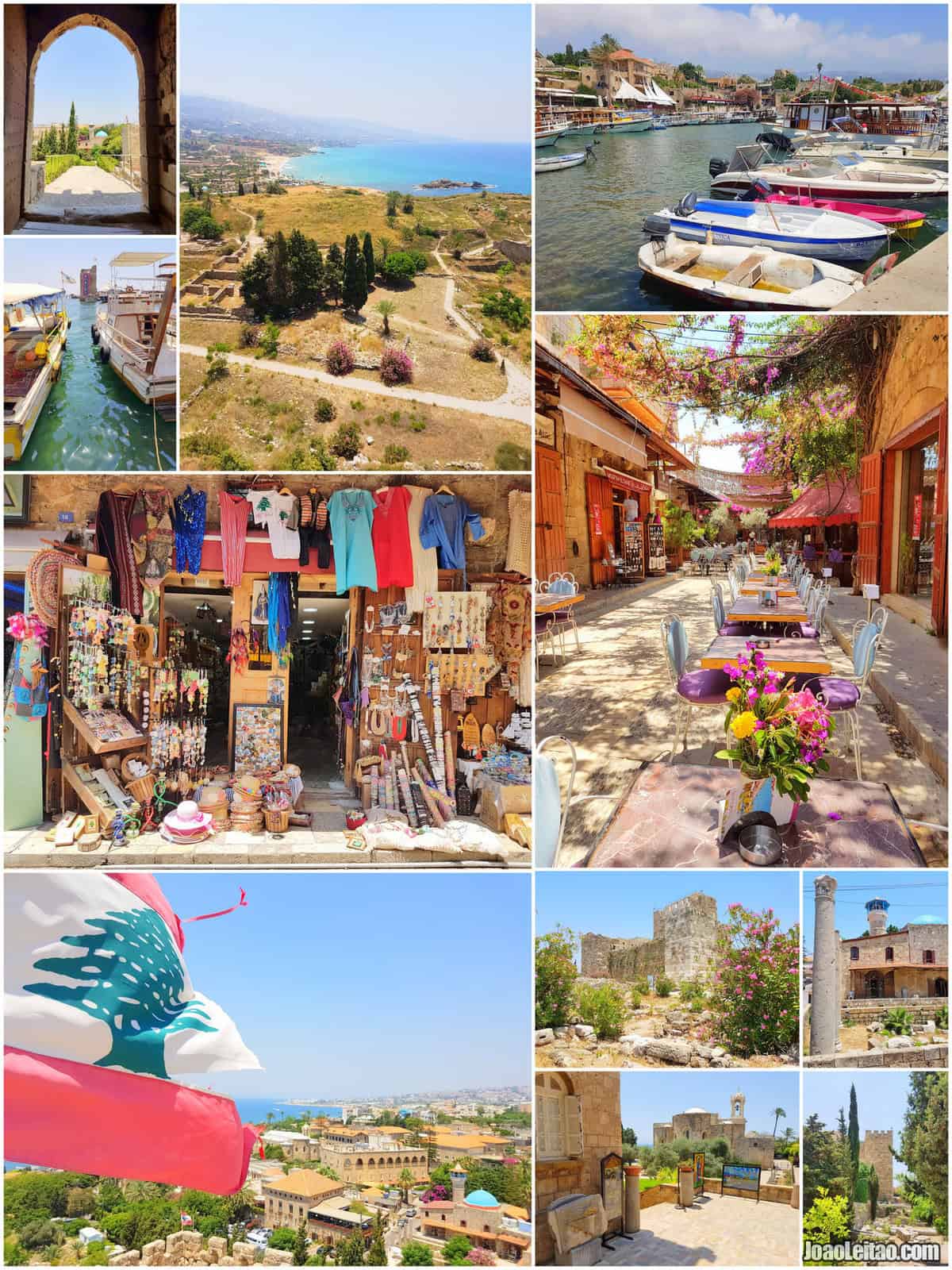
Byblos is a very beautiful Mediterranean city in the Mount Lebanon Governorate. I enjoyed exploring the archeological complex, especially because from the top of the castle we can have wonderful views of the old city and the port. Byblos is a UNESCO World Heritage Site and has been continuously inhabited since 5000 BC. It feels we are walking in living history.
What to visit in Byblos
- Byblos Old Town
- Ancient Phoenician temples
- Byblos Castle
- Byblos Wax Museum
- Medieval city wall
- St John the Baptist Church
- Byblos Fossil Museum
- Byblos International Festival
- Byblos Port
This historic city, located about 35 km north of Beirut, was the first Phoenician city, but over the last five thousand years Egyptians, Assyrians, Persians, Greeks, Romans, Christian Crusaders, Mamluks, and Ottomans passed through. Lebanon climate is under the influence of the Mediterranean. Lebanon is not a very big country and its climate does not have many differences depending on the regions, varying more with altitude.
4. Harissa
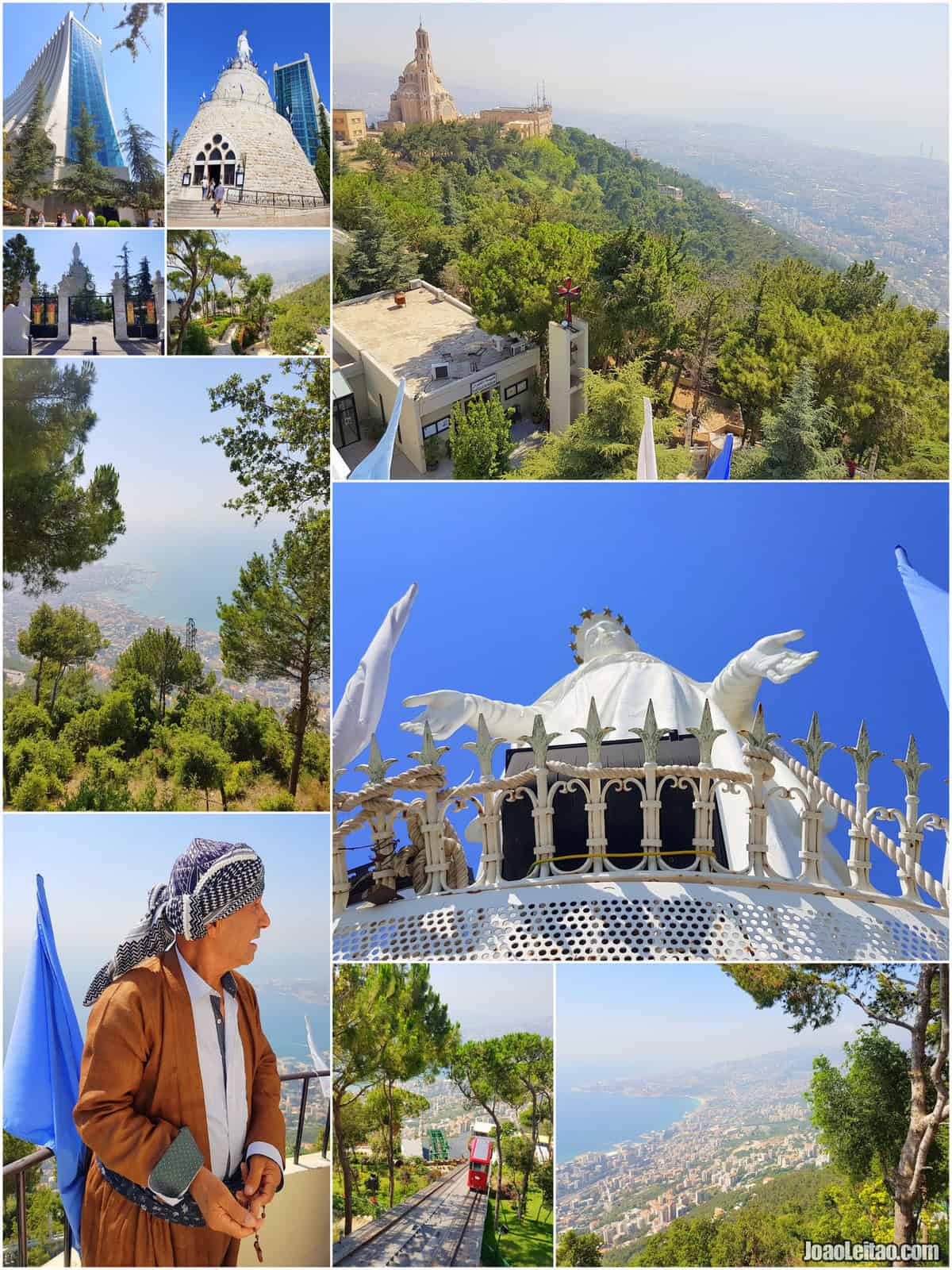
Harissa is a mountain village home to Our Lady of Lebanon pilgrimage site. I’m not a very religious person, but I do like to visit places of faith around the world. The human interaction serves as a unique opportunity to learn a lot about a country’s culture and history. Pilgrims come to Harissa to pray, and they go up the huge 15-ton, 8.5 m high bronze statue. Pope John Paul II visited Harissa back in 1997. Our Lady of Lebanon complex in Harissa attracts millions of Muslims and Christians from around the world.
Lebanese culture results from a complex combination of foreign influences and different religions, presenting a mosaic of traditions that range from Christian Maronite, Druze, and Muslim (Shiites and Sunnis). It may be the only country in the world where there is a nearly half-split between Christians and Muslims. If you don’t have your own car, arriving at Harissa is fairly easy. From the coastal town of Jounieh, and you can take the cable car directly to the pilgrimage site.
5. Anjar
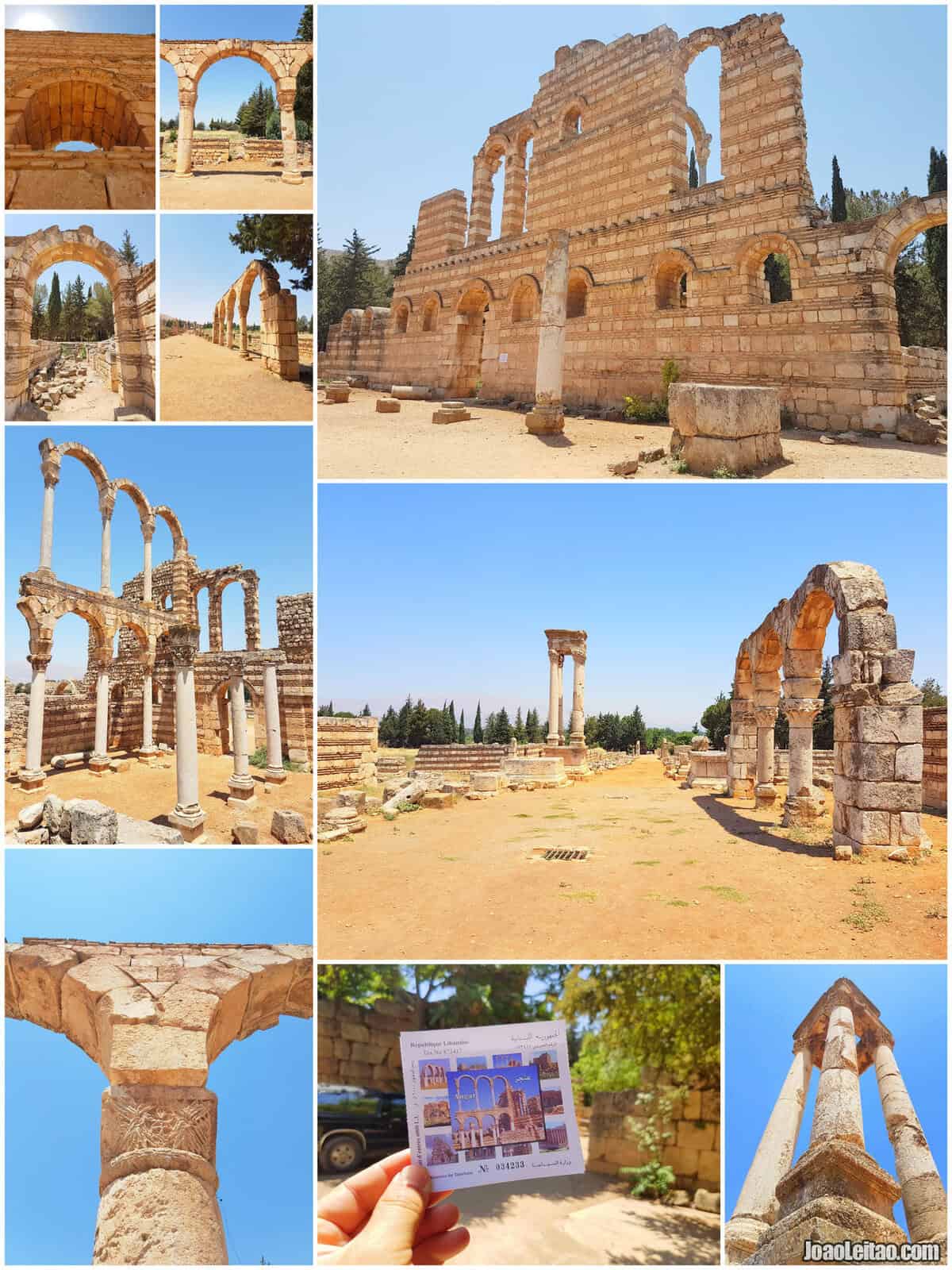
Anjar is a town in the Bekaa valley where you can visit the Umayyad Ruins founded in the 8th century. This is a very interesting place to visit if you’re into ancient sites and ruins like I am. Anjar, mostly populated by Armenians, is a town just aside to the Syrian border. While in Anjar, I visited the ruins, went to a local bakery to eat some sweets, and went to the border post just to look into Syria.
What to visit in Anjar
- The Grand Palace
- The tetrapylon
- Umayyad-era graffiti
- Fortified stone walls
- Colonnaded boulevards
- Elaborated Roman-style baths
- Residential quarters
This incredible archaeological complex has something to distinguish it from all other sites in Lebanon. While in places like Baalbek there is a civilizational overlap, in Anjar it all comes down to a single period: that of the Arabs of the Umayyad dynasty, who had their capital in Damascus, Syria, not far from Anjar. Founded between 705 and 715, it was razed by the Abbasids in 744 and forgotten ever since.
6. Baalbek
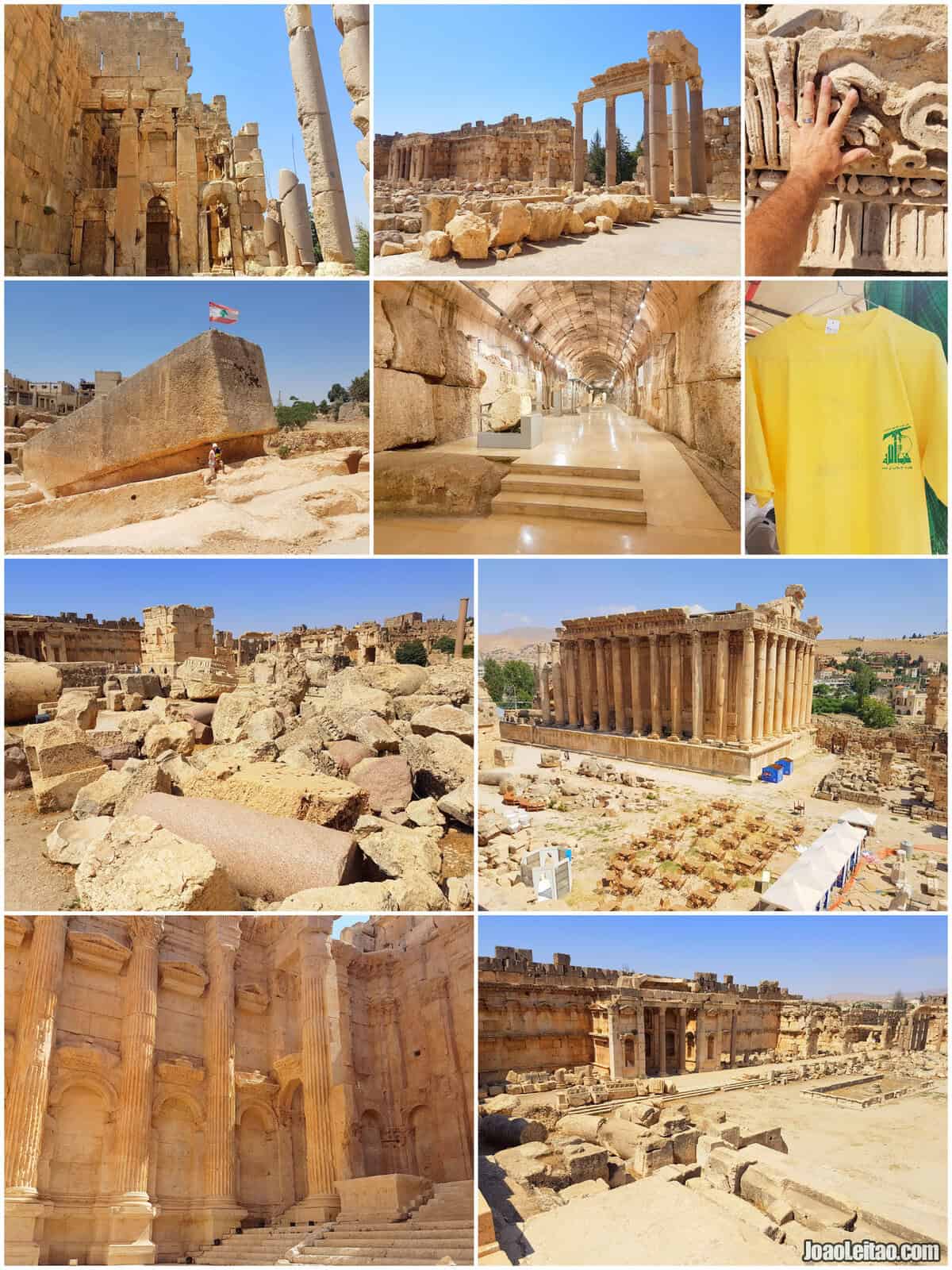
Baalbek is a city in the Anti-Lebanon foothills, where you can visit the famous Roman ruins. This place struck me by surprise. I usually never prepare my trips, so I actually had no idea of what to expect in Baalbek. I would never imagine I was about to visit the Temple of Bacchus, probably the most well preserved Roman temple in the world. Its colossal size is incredible. I mean, the whole archaeological site is extraordinary and definitely worth a visit. At the entrance of Baalbek, you can also visit the impressive 1000 ton monolith known as the Stone of the Pregnant Woman.
What to visit in Baalbek
- Baalbek city
- Baalbek Ruins (Heliopolis)
- Stone of the Pregnant Woman
Located in the Bekah valley, near the border with Syria, Baalbek is an old Phoenician city turned into the famous Heliopolis of Alexander the Great. The Romans came later and significantly developed the city, where they built the temple of Jupiter Baal, considered the most decorated and imposing religious building in the history of the Roman Empire.
Read my page: Baalbek – The colossal ancient city of Lebanon.
Transportation tip: if you need a private taxi to take you around the country while having your base in Beirut, I point out Mr. Ali Mustafa Itani. Contact him thru Whatsapp at +961.70690649. If you book him during three days in a row, prices are as follow: 1st day $100, 2nd day $90 and 3rd day $80 USD. He speaks some English and is a very friendly and responsible driver. Mr. Ali also provides airport transfer for $10 or $15 USD just in case you want to escape the local airport taxi guys, that charge $40 USD (non-negotiable).


